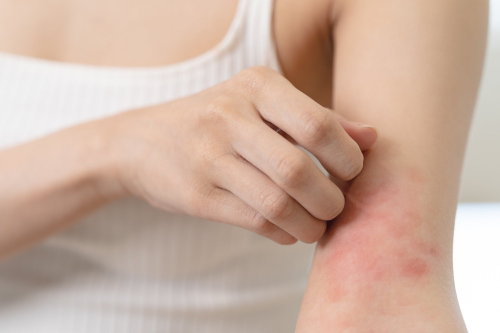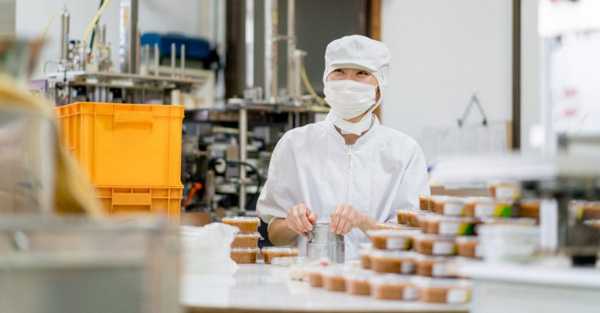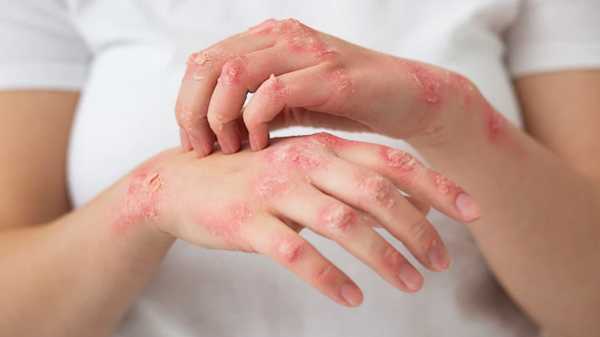産婦人科の看護師求人を探している方へ
6 Common Causes of Skin Rashes: How to Identify and Treat Them
Skin rashes are a common issue that can result from various conditions, ranging from allergic reactions to infections. They can be itchy, painful, or even unsightly, but understanding the cause is key to finding the right treatment. In this article, we’ll explore six common conditions that could be causing your skin rash and the best ways to treat them.
Skin rashes are a common issue that can result from various conditions, ranging from allergic reactions to infections. They can be itchy, painful, or even unsightly, but understanding the cause is key to finding the right treatment. In this article, we’ll explore six common conditions that could be causing your skin rash and the best ways to treat them.

1. Contact Dermatitis
What It Is:Contact dermatitis occurs when the skin reacts to a substance it has come into direct contact with, such as poison ivy, certain cosmetics, or metals like nickel. The rash typically appears where the substance touched the skin.
Signs to Look For:
- Red, inflamed skin
- Itchy or burning sensation
- Blisters or welts in some cases
Treatment:
- Avoid contact with the irritant or allergen
- Apply corticosteroid creams to reduce inflammation
- Use cool compresses to soothe the skin
2. Eczema (Atopic Dermatitis)
What It Is:Eczema is a chronic skin condition that causes patches of inflamed, dry, and itchy skin. It is often associated with allergies or asthma and can be triggered by environmental factors or stress.
Signs to Look For:
- Dry, scaly patches of skin
- Intense itching
- Skin may crack or bleed in severe cases
Treatment:
- Apply fragrance-free moisturizers to keep the skin hydrated
- Use topical corticosteroids or other prescribed medications
- Avoid known triggers like harsh soaps or allergens
3. Psoriasis
What It Is:Psoriasis is an autoimmune condition that speeds up the skin’s cell turnover, causing red, scaly patches. It can occur anywhere on the body, but is most common on the scalp, elbows, and knees.
Signs to Look For:
- Thick, raised patches with silvery scales
- Itchy or painful patches
- Skin may crack or bleed
Treatment:
- Topical treatments like corticosteroids and vitamin D creams
- Phototherapy (light therapy)
- Oral medications or biologics in severe cases
4. Fungal Infections
What It Is:Fungal infections, such as ringworm or athlete’s foot, can cause a rash with a red, itchy appearance. Fungi thrive in warm, moist areas, which is why infections often occur in places like the feet, groin, or scalp.
Signs to Look For:
- Red, circular or ring-shaped patches
- Itchy or burning skin
- Skin may peel or crack
Treatment:
- Antifungal creams or ointments
- Oral antifungal medications for more severe cases
- Keep the affected area dry and clean
5. Allergic Reactions
What It Is:Allergic reactions to food, medications, insect bites, or environmental triggers (such as pollen) can cause skin rashes. The rash may appear quickly after exposure to the allergen and can vary in appearance.
Signs to Look For:
- Raised, red bumps or welts (hives)
- Swelling around the rash
- Itching or burning sensation
- Possible symptoms like swelling in the throat or difficulty breathing (severe reactions)
Treatment:
- Antihistamines to control itching
- Avoid known allergens
- Severe reactions may require an epinephrine injection (anaphylaxis)
6. Hives (Urticaria)
What It Is:Hives are red, raised welts that appear suddenly on the skin. They are often caused by an allergic reaction but can also result from stress, infections, or temperature changes.
Signs to Look For:
- Raised, red or pale welts
- Welts that may change shape or size
- Itching or discomfort
Treatment:
- Antihistamines to reduce itching
- Avoid triggers like certain foods, medications, or stress
- In more severe cases, corticosteroids or other medications may be prescribed
When to See a Doctor
While many skin rashes can be treated at home, it’s important to consult a healthcare provider if your rash is:
- Severe or widespread
- Accompanied by fever, swelling, or pain
- Persistent and doesn’t improve with over-the-counter treatments
- Causing difficulty breathing, swallowing, or swelling of the lips or tongue (signs of an allergic reaction)
A healthcare provider will assess your symptoms, perform necessary tests, and recommend appropriate treatment.
Conclusion
Skin rashes are common but can result from a variety of causes, ranging from allergic reactions to chronic skin conditions. Identifying the cause of your rash is essential for finding the right treatment. If you’re unsure about the cause of your rash or if it doesn’t improve with home treatments, it’s always best to consult a healthcare provider for guidance.
By staying informed about the potential causes of rashes, you can take proactive steps toward managing your skin health effectively.











